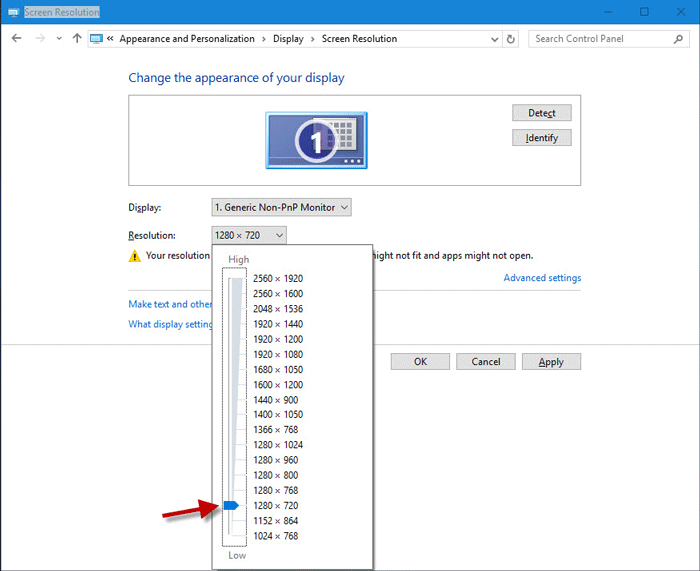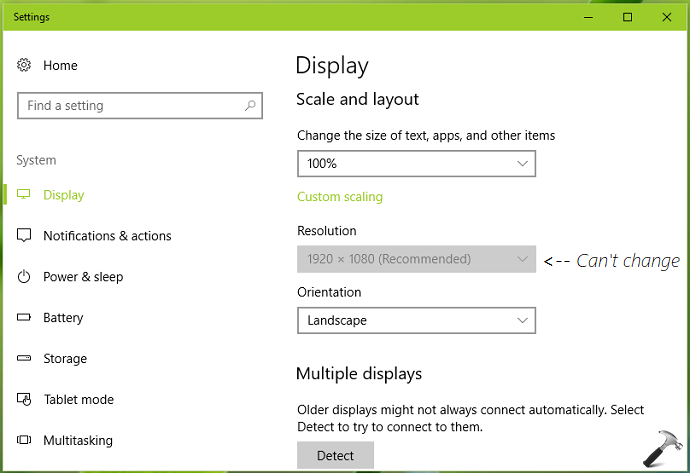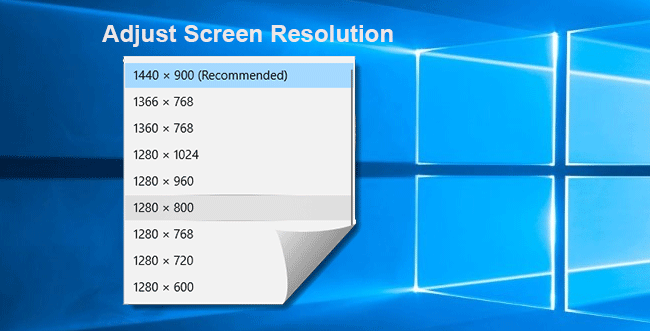
Remember, in Windows, when you change your display settings, always click APPLY first. Go ahead and reboot your computer normally and everything should load up fine. Also, you can uncheck the extend my desktop option.įrom the drop down, choose a lower value for the screen refresh rate.

Here is also where you can change back your primary monitor to 1 if 2 gave you a blank screen.

If the refresh rate is too high, click on the Advanced button or Advanced settings link and then click on the Monitor tab. In Windows 7, you just pick a resolution from the drop down box. This will lower the resolution and allow your monitor to display Windows correctly. In Windows 7/8, you have to choose Screen Resolution.įor screen resolution, move the slide bar over to the LEFT. Now that you’re in Windows, you can change the resolution or refresh rate by right-clicking on the Desktop, choosing Properties and clicking on the Settings tab. Again, Windows does not automatically detect that there isn’t monitor connected and it won’t revert back to its original settings! The problem that can sometimes occur there is that Windows sends the signal to a different port than where you have your external monitor connected and it will therefore give you the blank screen whenever it loads up. Enable VGA Mode can also be useful for situations where you try to extend your desktop onto another monitor or select another monitor to use as your primary monitor. If for some reason Safe Mode does not work, you can also try selecting Enable VGA Mode. Once you press F8, you’ll be presented with a set of options as shown below: This is usually when you see the manufactures logo and the BIOS being loaded. Safe Mode loads up at a lower resolution and therefore allows you to log in and change the settings back.To start up in Safe Mode, you simply press and hold the F8 key when the computer starts to boot up.



 0 kommentar(er)
0 kommentar(er)
